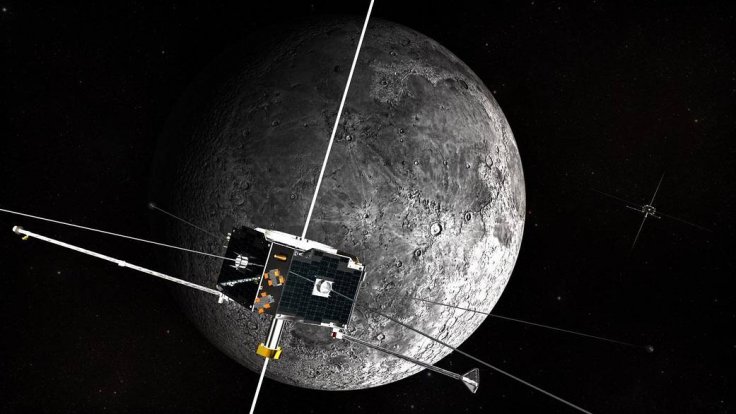
Almost 4.5b years ago the earth was struck by a Mars-sized object, which helped to form our earth and the moon. Though the permanent natural satellite of earth is lifeless, the German branch of the multinational telecommunication company Vodafone has taken the initiative to team up with Nokia to build a 4G cell phone network in 2019.
According to Xinhua, the network builder Vodafone has confirmed the news after providing a statement on their new collaboration to bring development in the communication process.
A Berlin-based private space exploration company called PTScientists will be supporting the private lunar rover mission. The main focus of this mission will be to launch a lander and two small rovers to moon's surface via SpaceX Falcon 9 rocket, taking off from Cape Canaveral Air Force Station in Florida, US.
PTScientists has mentioned that even though it looks like an expensive project, the main objective of the team is to bringing down the cost of space exploration and democratizing access to the moon.
The project leader Vodafone has also mentioned that engineers will also build the energy efficient network by using Nokia's hardware, which will enable Audi-made lunar quattro rovers and then transmit the high definition footages including data back to the base station on earth. According to the company it is required to monitor the mission.
The statement included that Nokia's space-grade Ultra Compact Network, which is still in its initial stage of development, weight around 1kg and the lightest ever developed.
It is believed that the network will be able to broadcast on 1800 MHz frequency band, which will become the first direct live streaming HD transmission from lunar the surface.
According to Times of India, CEO and founder of PTScientists Robert Bohme said that this is a critical process for sustainable exploration of the solar system but "In order for humanity to leave the cradle of earth, we need to develop infrastructures beyond our home planet."
He also mentioned that through this mission, "we will establish and test the first elements of a dedicated communications network on the moon."
"The great thing about this longterm evolution solution is that it saves so much power, and the less energy we use sending data, the more we have to do science," Bohme further added.
The CEO of German company Vodafone, Hannes Ametsreiter said that this project has a "radically innovative approach to the development of the mobile network infrastructure."
Moon, on the other hand, being the natural satellite and having the similar chemical composition as the earth was the best option to go ahead with such a revolutionary mission and the explanation on why moon has similarities like the blue earth is also mentioned in a theory called Synestia, which was proposed by Stewart and Simon Lock, a graduate student at Harvard and a visiting student at UC Davis.
The theory explained that after the strike in millions of years ago, synestia was formed which is a giant cloud of molten vapour. While the vapour combines all the elements and creates the earth at the centre, at the same time some floating debris formed the Moon.










